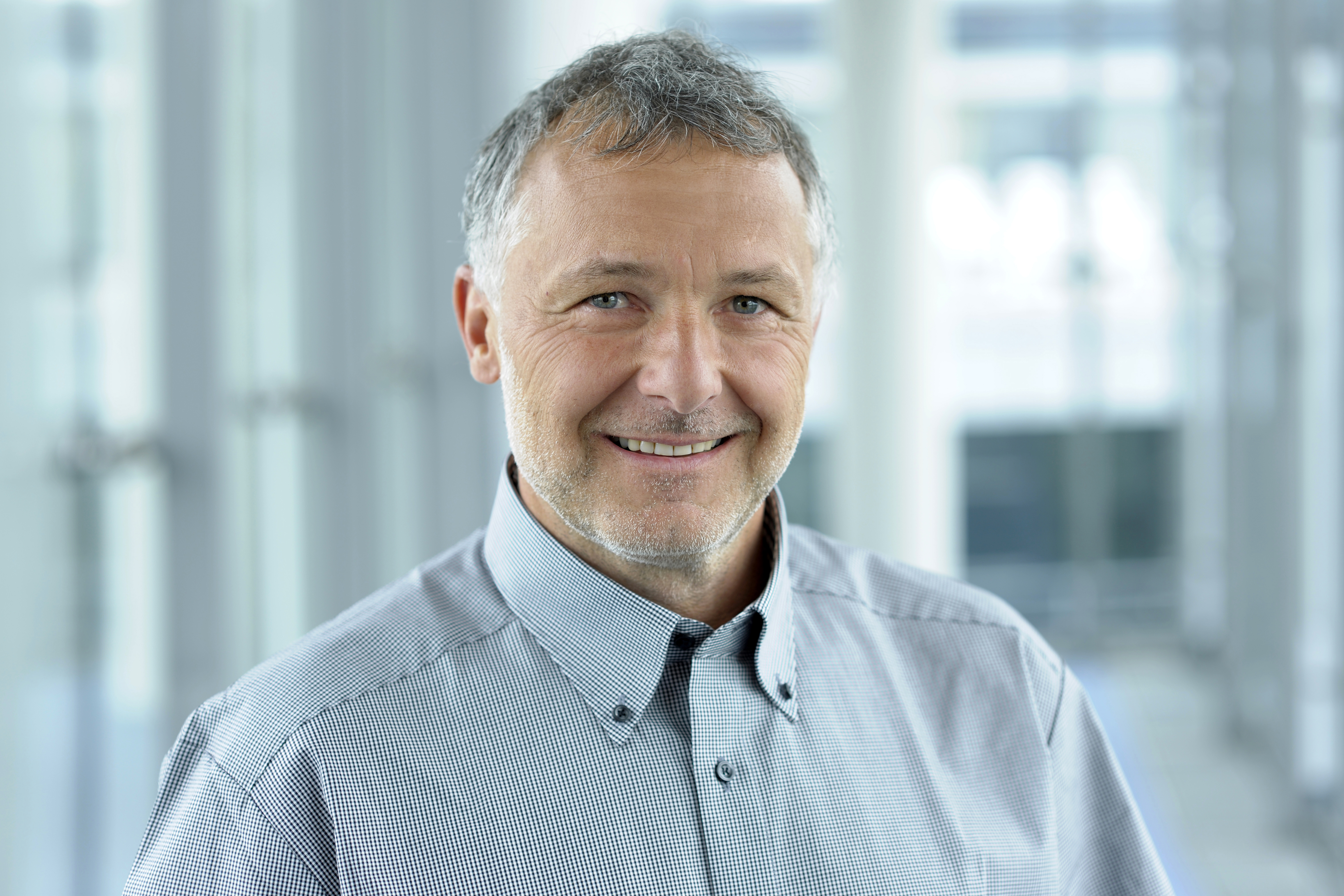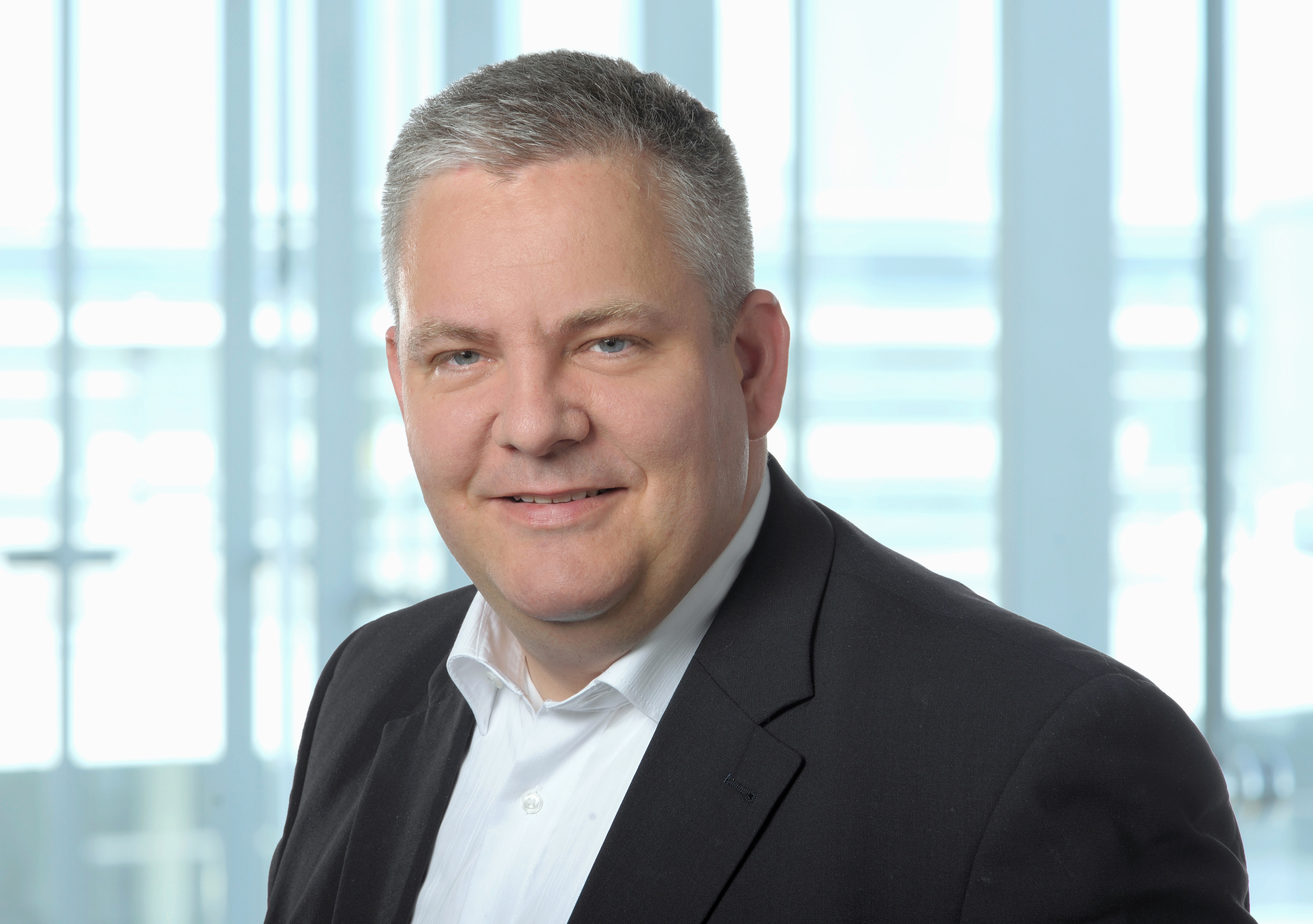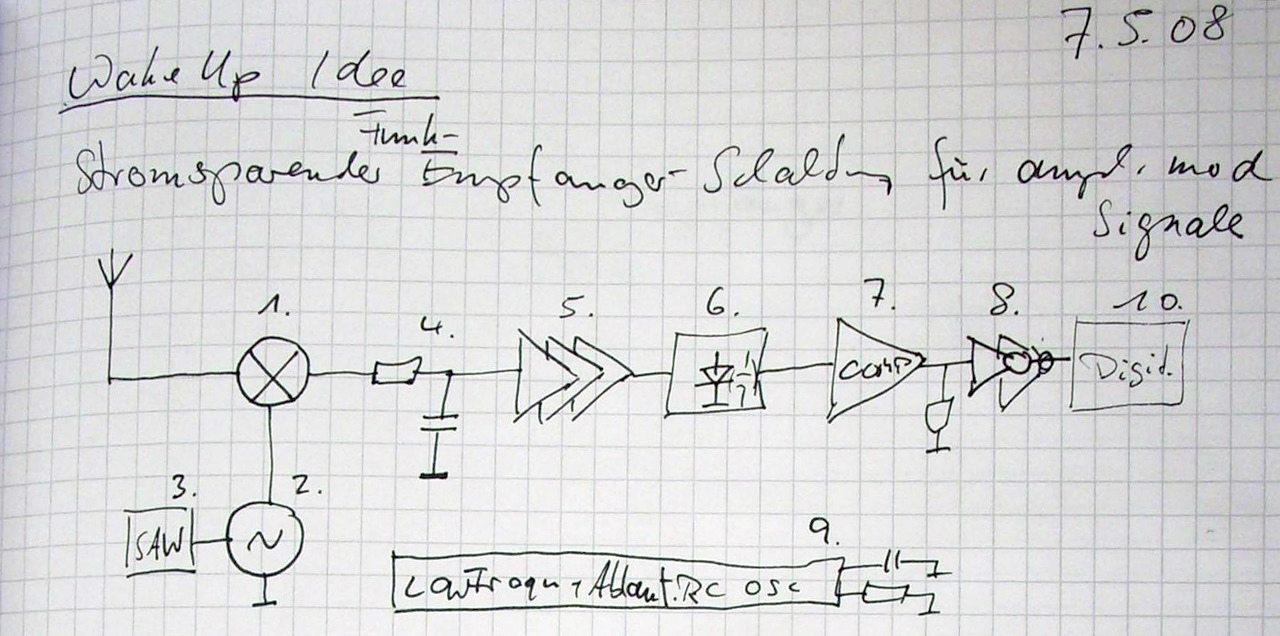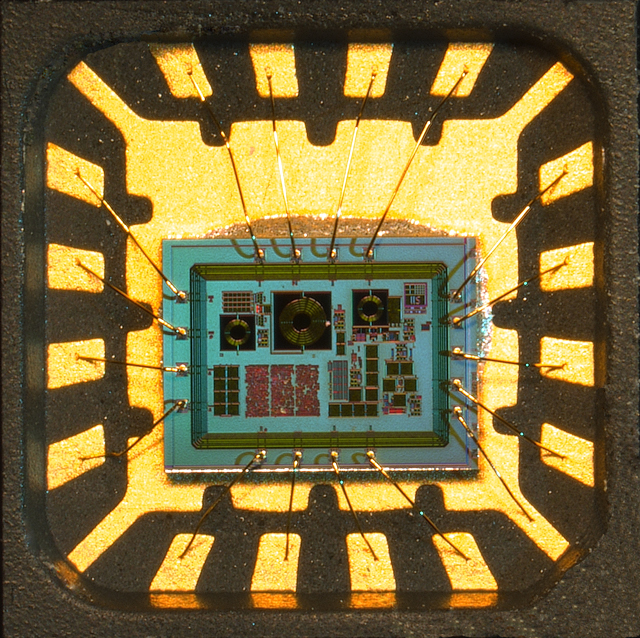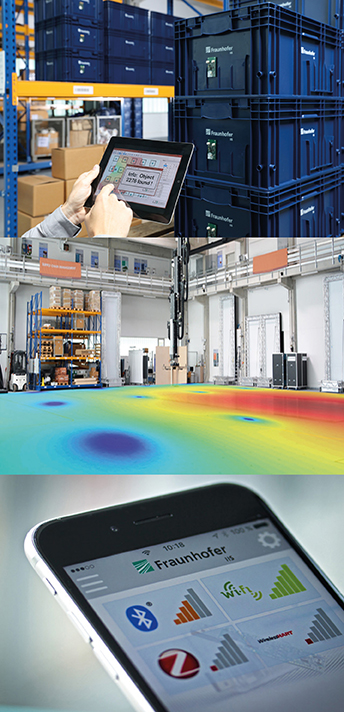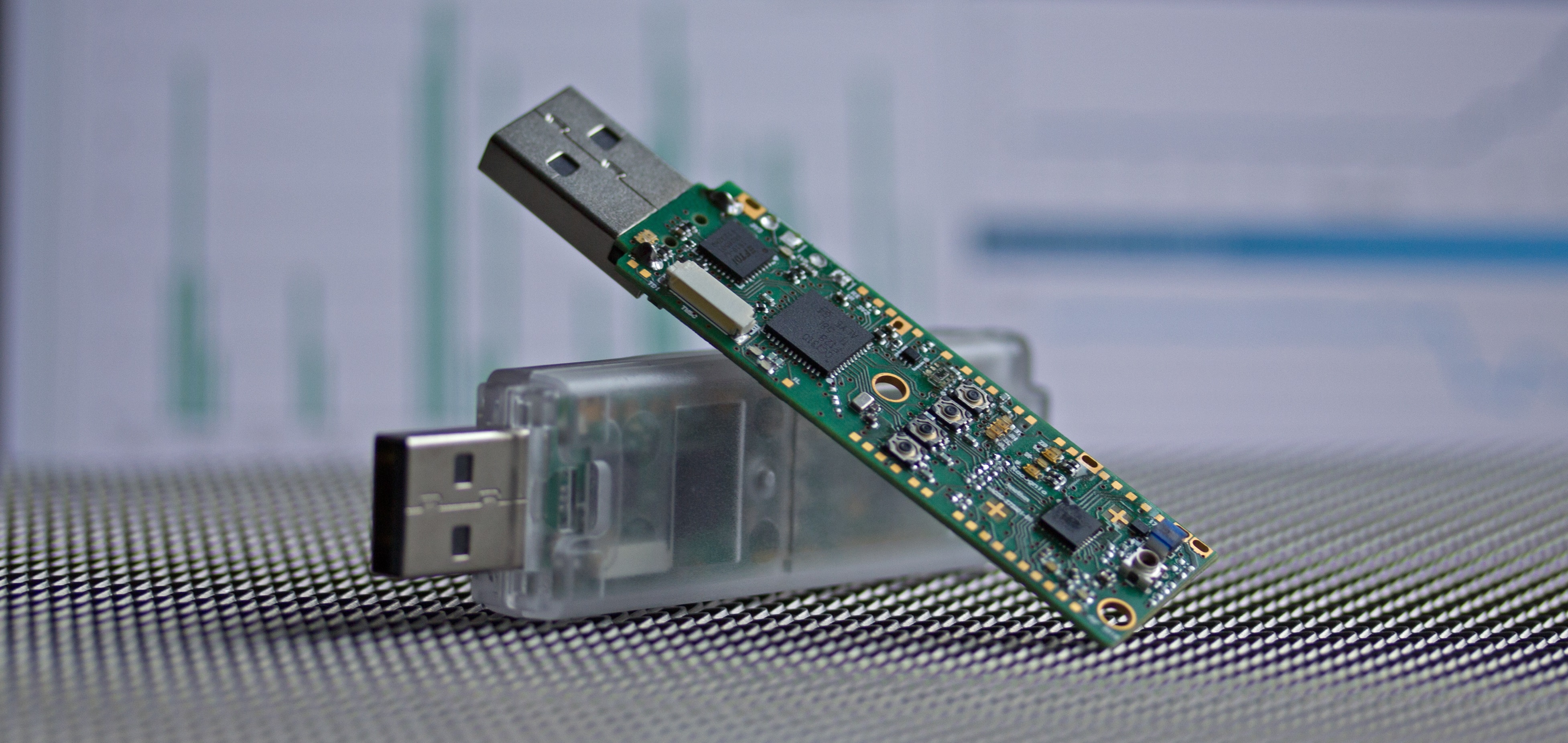Success doesn’t come out of nowhere. It is often preceded by lengthy stories full of progress, setbacks, and surprising turnarounds. In this journal by developers Dr. Heinrich Milosiu and Dr. Frank Oehler, you can find out how the ultra-low power RFicient® receiver technology came to be – from the initial idea to the all-important breakthrough.
Waking up
19.1.2018 | The idea and development of the ultra-low power RFicient® wake-up receiver
June 2007 – it all started here
Frank Oehler: “During a coffee break with colleagues from the High-Frequency (HF) Technology and RFIC (Radio Frequency Integrated Circuits) departments, we came up with an interesting idea: a wireless receiver that reacts very quickly, has a long operating life, and saves energy as well. Josef Bernhard, Group Manager in the department High Frequeny Technology, said ‘an ultra-low power wake-up receiver would be cool.’ Something like that would be used for sure – in wireless sensor networks, for example. How come something like this doesn’t already exist? My colleague Dr. Heinrich Milosiu thought the idea had huge potential and requested a study to generate wake-up receiver concepts and perhaps circuit suggestions for implementation at a later date.”
May 2008 – the project phase begins
Heinrich Milosiu: “We’ve got something to celebrate today! We – that is Christian Flügel from the Communication Networks department and I – presented our concept for a wake-up receiver IC to the Fraunhofer IIS Executive Committee. At first, we didn’t have very high expectations because we didn’t yet have a groundbreaking approach. But Prof. Alexander Pflaum, Head of Fraunhofer-Center for Applied Research on Supply Chain Services SCS, immediately reeled off a list of professional users in industry and logistics who would benefit from power-saving wireless receivers. Then, Prof. Heinz Gerhäuser, Executive Director of the institute, expressly ‘requested’ that we immediately initiate an internal research project to ‘develop an integrated wake-up receiver solution for wireless sensor networks in the logistics sector.’ Suddenly the whole thing gained tremendous momentum. Such an ultra-low power wireless receiver could potentially fill a niche in the market, e.g. in smartphones, computers, or mobile communications. After all, there is nothing like this on the market.”
May 2008 – inspiration strikes while walking the dog
Frank Oehler: “The other day, I was taking the dog for a walk as usual. In a flash of inspiration, I had an idea for a truly power-saving, sensitive receiver based on UHF sampling. I always have the best ideas when I’m walking the dog. We should name the chip ‘Dune’ after my dog. I ran an initial simulation, which showed that it could work. With this idea, power consumption is unbelievably low, but you can still achieve reasonable sensitivity! Nevertheless – or maybe for precisely this reason – I keep asking myself: What’s the catch? Is there some reason why can’t this work?”
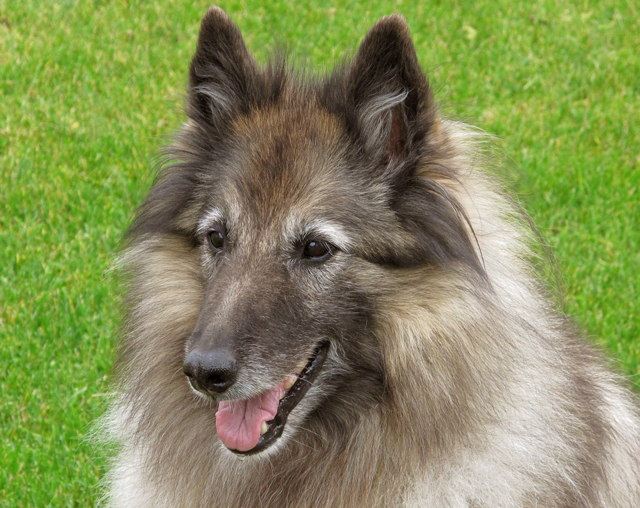
May 2008 – eliminating doubt
Heinrich Milosiu: “Frank’s solution is brilliant. He didn’t really believe in it at first, but I was able to show him what conditions would be needed for successful operation based on the new receiver concept. That eliminated his doubts. In my dissertation, I was also able to expand on this receiver method. The next step is implementing the idea as an ASIC, which we now have sufficient funds to do as part of an internal research project. Our new colleague Markus Eppel is also coming up with good suggestions for a robust IC design.”
November 2010 – the first successful chip at electronica
Heinrich Milosiu: “We finally found success with our third test chip. At the electronica trade fair, we presented the first functioning chip with a power consumption of 29 µA.”
October 2011 – setbacks
Frank Oehler: “For a while now, things haven’t been going particularly well. We are experiencing various setbacks in the implementation of the wake-up receiver. In the middle of a Bavarian Research Foundation project, the semiconductor company went bankrupt, so months of design work were wasted. We keep having to initiate new projects to take the wake-up technology to the next level, changing the semiconductor technology every time. This is incredibly time-consuming and means we will really need to persevere to make the technology marketable.”
March 2013 – major improvements
Heinrich Milosiu: “We took another important step forward in developing the wake-up receiver in the AETERNITAS project of the German Federal Ministry of Education and Research (BMBF). For the first time, we were able to improve sensitivity by 20 dB to −83 dBm and, as a result, both the project and our inventiveness are gaining momentum again. In an initial development and licensing agreement with a well-known semiconductor manufacturer, we were able to make some major improvements to the receiver’s practical operation. This enabled us to achieve robust radio reception – even with interference – along with very low power consumption of less than 3 µA. That means a button cell could last for as long as ten years and allows continuous monitoring of the wireless channel. Selective wake-up is a useful feature for wireless networks.”
December 2014 – inspiration by the fireside and initial income
Frank Oehler: “Our wake-up technology is now called RFicient®. We came up with the name while we were sitting by the fire at the Fraunhofer Research Campus in Waischenfeld. It stands for: Radio Frequency Integrated Circuit (RFIC) + efficient. We also expanded the basic idea of the scanning wireless receiver and extended it to other application areas. In addition to RFicient®Basic – the standard wake-up receiver – there are now three other versions: RFicient®Locate for power-saving localization of mobile wireless nodes, RFicient®Scan which can perform mobile measurements and real-time analyses of wireless spectrums via the USB interface, and RFicient®Spot to detect radio signals that comply with certain wireless standards.
We have also received our first licensing revenue!”
January 2015 – pilot project at LZE
Heinrich Milosiu: “At the Leistungszentrum Elektroniksysteme LZE, we are involved in a pilot project called “Energy-independent asset-tracking system for logistics applications.” The project focuses on extremely energy-efficient electronics solutions for the Internet of Things. Taking a high-performance logistics application as an example, we have developed a special low-maintenance location system. It allows us to locate and track goods in a warehouse or even outside. Our wireless receiver consumes so little electricity (<10 microamperes) that a single strawberry is powerful enough to serve as its “battery.”
December 2016 – considerable interest in RFicient®
Heinrich Milosiu: “In November, we unveiled our ultra-low power wireless receiver at electronica. Since then, there has been considerable interest and we are receiving lots of customer inquiries from various sectors. It was our most successful trade fair to date! The possible applications are becoming more and more diverse. RFicient® would be a fantastic component for the Internet of Things, allowing very fast access IoT objects – i.e. things in our everyday lives – using power-saving wireless technology. It also lends itself to use for smart (electronic) labels, logistics applications, warehousing, building automation, and remote maintenance. Back in 2008, we would never have dreamt that this technology could be used for so many things.”
May 2017 – further development
Heinrich Milosiu: “Our RFicient® technology is now being further developed in two projects:
A wake-up receiver that receives radiotelegrams on three different frequency bands simultaneously with current consumption of just 6 µA. Amongst other things, this makes global mobile applications possible without manual frequency switching.
Two chips that continuously monitor the wireless range with extremely low power consumption. The user application switches itself off if the respective wireless service is not available, and switches itself back on again automatically. This saves energy and extends battery life, e.g. for a smartphone. After all, what is the point of a cell phone being on if it doesn’t have any reception and would be using power for no reason?
We never could have guessed how this technology would develop and just how much can be done with it. Still, we mustn’t rest on our laurels and work in isolation. Sharing ideas with customers, users, and colleagues from other departments is extremely important. In addition to this, we are busy finding more potential applications: making it possible to recognize and access everyday objects in a virtual world without consuming much power, so that suitcases, intelligent sneakers, keys, and other personal items can be located, for example. We would like to make RFicient® accessible as an open-source technology which can be used for practically anything. The possible applications for low-maintenance, power-saving solutions are virtually unlimited.”
August 2017 – moving towards series production
Frank Oehler: “To ensure we are ready for our technology to be used in the real world, we are developing secure access procedures so that users no longer have to worry about unauthorized access by third parties.
The RFicient® technology has been tested and verified in silicon and can be used as an ASIC or IP for higher integrated chips. At the moment, we are working hard to finish and market a wake-up receiver that is ready for series production.”

